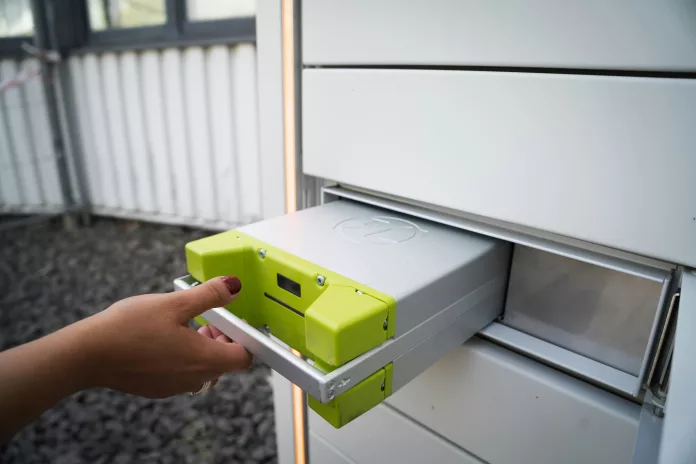Recently, CleanTechnica received an update from Spiro, an African leader in the electric vehicle (EV) market, detailing their expansion plans for their EV battery swapping service. Distinguished by its efficiency and safety, battery swapping is an innovation changing the game for electrical two-wheelers by reducing charging times and ensuring batteries meet safety standards. Moreover, the integration with grid services presents a compelling value proposition. The question on many minds is: When will such services become widely available in the US?
Building the Future of Electric Mobility
Last year, Spiro made headlines when they announced their vision to back 1 million electric motorcycles in Kenya, utilizing a network that combines both EV battery charging and swapping stations. This ambitious goal gained momentum thanks to a hefty funding boost of $63 million. Spiro’s dedication to propelling clean energy and advanced technology has led to the deployment of over 9200 electric motorbikes throughout Benin, Togo, and Rwanda, as CleanTechnica’s Remeredzai Joseph Kuhudzai reported.
Remarkably, in just one year, Spiro’s riders have completed 80 million kilometers of emission-free travel, facilitated 2 million battery swaps, and consequently reduced carbon emissions by 4000 tons. Their network has since expanded, boasting 600 EV battery swapping stations and a growing community of 12,000 riders, primarily in West Africa. With 7 million swaps to their credit, Spiro is now elevating its technology offering with the launch of 50 new automated swapping stations by the end of May in Togo and Benin.
The rollout of these automated stations is a testament to Spiro’s commitment to technological innovation and environmental stewardship, as outlined in their official press release.
The Benefits of Automated EV Battery Swapping
The concept of EV battery swapping is not new, with a historical precedent tracing back to the late 1890s. However, its implementation for four-wheeled vehicles has been slow to materialize on a wide scale, with recent signs indicating a growing interest. In marked contrast, the two-wheeled EV sector is experiencing a surge in the adoption of battery swap technology, driven by its relatively low investment costs for establishing swapping stations. With batteries that can be easily swapped manually, these stations can maximize space and minimize construction costs due to their simple infrastructure requirements.
Amidst the bustling market, Spiro continues to spearhead innovations, staying ahead of competitors by pioneering automated swapping stations. According to Spiro’s communications director, Lee Breheney, these automated stations boost service efficiency, ensuring constant, seamless operations for both commercial and personal use. Breheney shares how these tech-advanced systems enable faster deployment across markets, now leveraging assets like existing infrastructure for optimal placement and service delivery.
Improving Safety and Sustainability with EV Battery Swapping
Swapping stations introduce substantial benefits to the EV battery ecosystem, including heightened fire safety for both riders and the community. Spiro’s introduction of the State of Charge energy model offers users transparency and cost efficiency by charging only for the energy consumed, which also promotes effective battery management and reduced wear.
“Our batteries are continually connected to cloud services to maintain the highest performance and reliability,” says Samir Mishra, Spiro’s CTO.
In the US context, adopting a network of swapping stations could address safety concerns associated with off-market e-bike and scooter battery recharging. Industry initiatives like the Swappable Batteries Motorcycle Consortium advocate for standardized swapping methods to combat individual charging risks, decrease charging times, and extend battery life within a circular economy.
Possible Applications for EV Battery Swapping Beyond Two-Wheelers
While the US races to expand its EV charging infrastructure, with a particular focus on highways and urban centers, the potential for battery swapping in four-wheeled vehicles remains an area to explore. This approach has the capacity to complement traditional charging stations, reducing queuing times and increasing convenience.
As the conversation continues, major automotive players are venturing into battery swapping for larger vehicles. CATL and Didi in China are perfect examples, plotting a course for EV battery swapping strategies. Closer to home, companies like Stellantis and the startup Ample are delving into the technology backend.
The horizon of battery swapping is broadening, touching on three-wheeled vehicles and potentially shaping the landscape for autocycles. Furthermore, EV battery swapping is finding traction in the realm of larger vehicle categories, as evidenced by Daimler’s initiative targeting electric delivery trucks for efficient “last-mile” transport solutions.
























